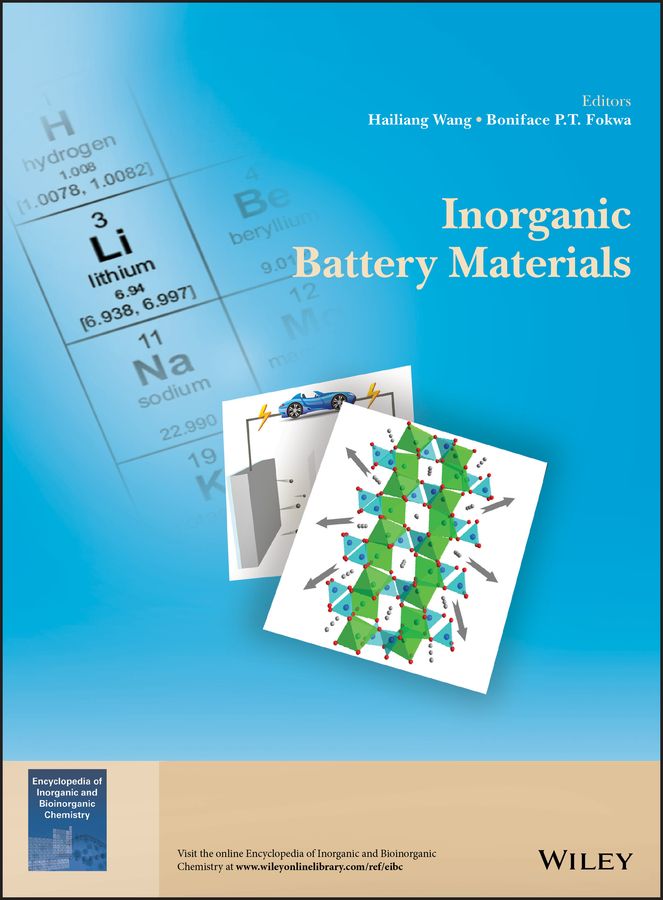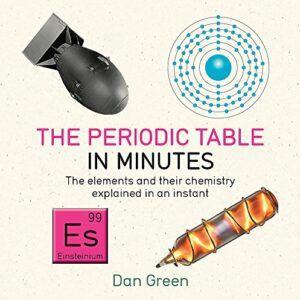<div><b>A guide to the fundamental chemistry and recent advances of battery materials</b></div> <div> </div> <div>In one comprehensive volume, Inorganic Battery Materials explores the basic chemistry principles, recent advances, and the challenges and opportunities of the current and emerging technologies of battery materials. With contributions from an international panel of experts, this authoritative resource contains information on the fundamental features of battery materials, discussions on material synthesis, structural characterizations and electrochemical reactions. <br /><br /></div> <div>The book explores a wide range of topics including the state-of-the-art lithium ion battery chemistry to more energy-aggressive chemistries involving lithium metal. The authors also include a review of sulfur and oxygen, aqueous battery chemistry, redox flow battery chemistry, solid state battery chemistry and environmentally beneficial carbon dioxide battery chemistry. In the context of renewable energy utilization and transportation electrification, battery technologies have been under more extensive and intensive development than ever. This important book: </div> <ul> <li>Provides an understanding of the chemistry of a battery technology</li> <li>Explores battery technology’s potential as well as the obstacles that hamper the potential from being realized</li> <li>Highlights new applications and points out the potential growth areas that can serve as inspirations for future research</li> <li>Includes an understanding of the chemistry of battery materials and how they store and convert energy</li> </ul> <div>Written for students and academics in the fields of energy materials, electrochemistry, solid state chemistry, inorganic materials chemistry and materials science, Inorganic Battery Materials focuses on the inorganic chemistry of battery materials associated with both current and future battery technologies to provide a unique reference in the field.</div> <div> </div> <div>About <b>EIBC Books</b></div> <div>The<b> Encyclopedia of Inorganic and Bioinorganic Chemistry (EIBC)</b> was created as an online reference in 2012 by merging the Encyclopedia of Inorganic Chemistry and the Handbook of Metalloproteins. The resulting combination proves to be the defining reference work in the field of inorganic and bioinorganic chemistry, and a lot of chemistry libraries around the world have access to the online version. Many readers, however, prefer to have more concise thematic volumes in print, targeted to their specific area of interest. This feedback from EIBC readers has encouraged the Editors to plan a series of EIBC Books [formerly called EIC Books], focusing on topics of current interest. <br /><br /></div> <div>EIBC Books will appear on a regular basis, will be edited by the EIBC Editors and specialist Guest Editors, and will feature articles from leading scholars in their fields. EIBC Books aim to provide both the starting research student and the confirmed research worker with a critical distillation of the leading concepts in inorganic and bioinorganic chemistry, and provide a structured entry into the fields covered.</div>
Inorganic Battery Materials
₹14,136.00
This book is currently not in stock. You are pre-ordering this book.




